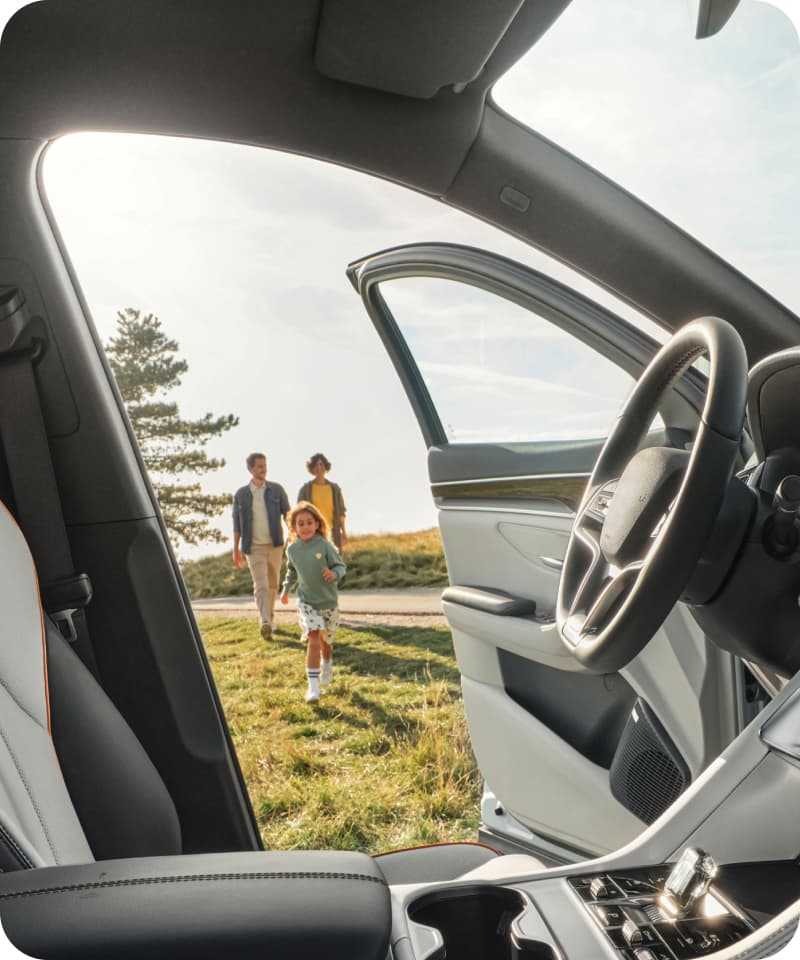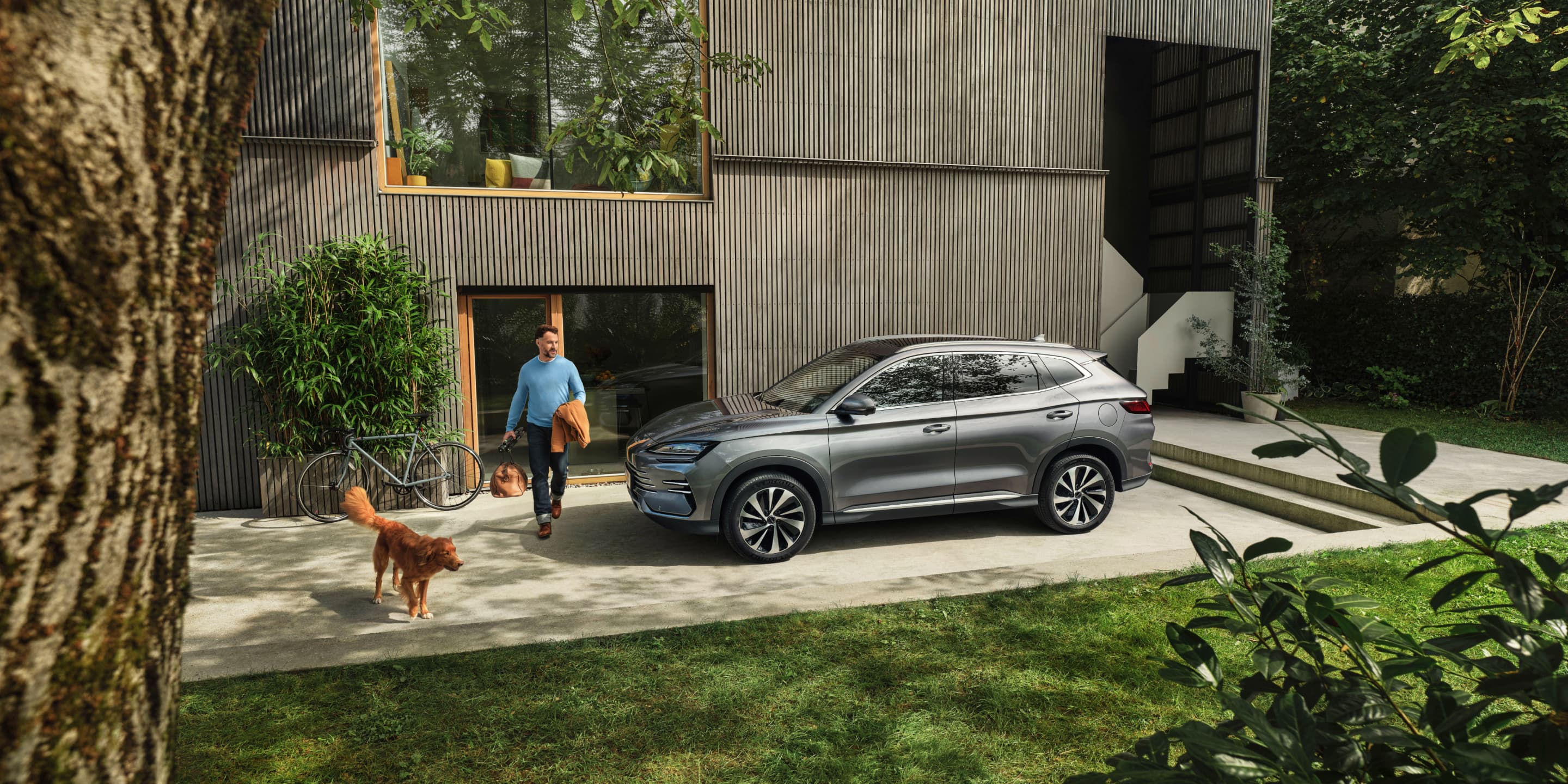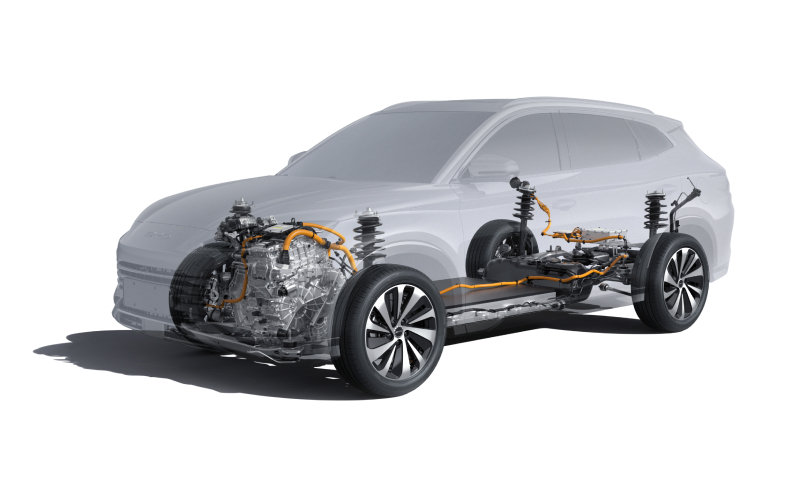In the UK, efforts to reduce greenhouse gas emissions are moving quickly, with low-emission zones becoming more common on our roads. These clean air zones charge vehicles for driving through an area if they exceed a specified threshold of emission production.
The goal of low-emission zone schemes is to reduce levels of greenhouse gases and encourage drivers to switch to hybrid and electric cars for a cleaner environment. Below, we’ll take a closer look at these zones, how they work, and why they’re being put into place.







Low-emission zones (also referred to as LEZ) have been introduced to reduce emissions in cities and built-up areas. Various types of vehicles are discouraged from entering this specified zone, with the introduction of charges if the vehicle doesn’t meet the standard to enter the zone. These standards include:
- Euro 3: Motorcycle, moped and similar vehicles
- Euro 4: Petrol-engined cars, vans and minibuses
- Euro 6: Diesel-engined cars, vans and minibuses
Low-emission zones are used to reduce air pollution where emissions may be high. This helps to improve air quality. While low-emission zones don’t fully exclude high-emission vehicles from entering, daily charges will be enforced. If the driver fails to pay this charge, it could result in further financial charges.
What is the difference between LEZ and ULEZ?
Before heading out on the road, you’ll need to know the difference between LEZ and ULEZ. LEZ is geared towards heavy vehicles , like lorries, vans and coaches. Low-emission zones are in operation 24 hours a day, every day.
In comparison, the ULEZ is aimed at petrol and diesel cars that don’t meet the Euro 4 and Euro 6 vehicle standards. These operate 24 hours a day, every day apart from Christmas Day. The ULEZ charge impacts a greater amount of drivers , especially those driving older models.
What is CAZ?
CAZ (clean air zone) is the general term used for areas that have schemes to reduce pollution. LEZ and ULEZ are both considered Clean Air Zones. All of these schemes are in place to help tackle emissions from pollutant vehicles. Most CAZ schemes are in place 24/7 in a range of cities across the UK, so it’s best to check before your journey.
Low-emission zones are implemented through a combination of regulations, technology and incentives to reduce emissions in designated areas. When it comes to putting LEZ in place, there are a few factors that play an essential role:
- Defining the Zone: Defining the zone is an essential part of implementing a LEZ. This usually encompasses city centres and high-traffic urban areas.
- Setting Emission Standards: Vehicles will be classified based on their emissions, according to Euro emission standards. From here, the minimum standard for vehicles to drive within the zone is set.
- Monitoring and Enforcement: The zone will be monitored with automatic number plate recognition cameras at the entry and exit points of the zone. These results will be cross-referenced to ensure vehicles meet the standard to travel in the zone. If not, they will be issued with a penalty.
- Incentives for Compliance: Electric vehicles are exempt from charges, and hybrid cars may receive discounts to travel through these clean air zones. LEZ subsidies are in place to encourage people to choose a low or zero-emission car.
Why are more towns and cities in the UK choosing to introduce clean air zones? Let’s take a look at some of the benefits:
- Promotes the switch to electric vehicles: Electric cars are exempt from paying LEZ charges as they don’t produce tailpipe emissions. The majority of hybrid cars are exempt from charges depending on the minimum Euro emission standards.
- Reduces air pollution: Introducing LEZ and ULEZ zones can improve the health of the public. Clean air means less risk of a range of diseases, including asthma.
- Reduces congestion: LEZ zones reduce congestion on the roads by reducing the amount of vehicles driving around the area. This also means traffic can flow more freely and reduce drivers' journey times.
- Encourages walking, cycling and public transport: The introduction of charges means drivers are more likely to choose a more sustainable way of travelling like walking or cycling, reducing emissions as a knock-on effect.

There are a range of cities in the UK that have introduced clean air zones. You’ll find these schemes in the following cities:
- Bath
- Birmingham
- Bradford
- Bristol
- Portsmouth
- Sheffield
- Newcastle and Gateshead
- Manchester (in progress)
In Scotland, some LEZs have been introduced in cities including Aberdeen, Dundee, Edinburgh and Glasgow. These zones are particularly strict — if your vehicle is non-compliant, you can’t enter. Wales and Northern Ireland currently don’t have any clean air zones.







